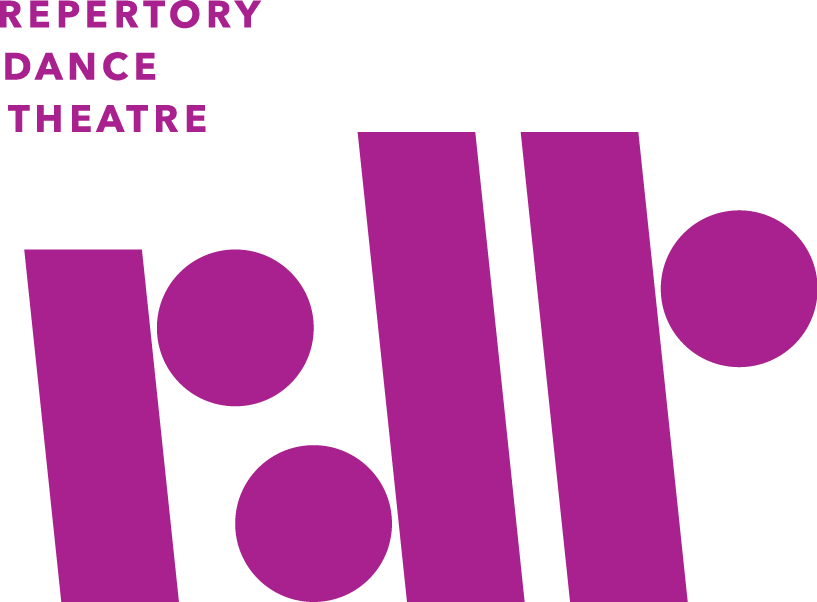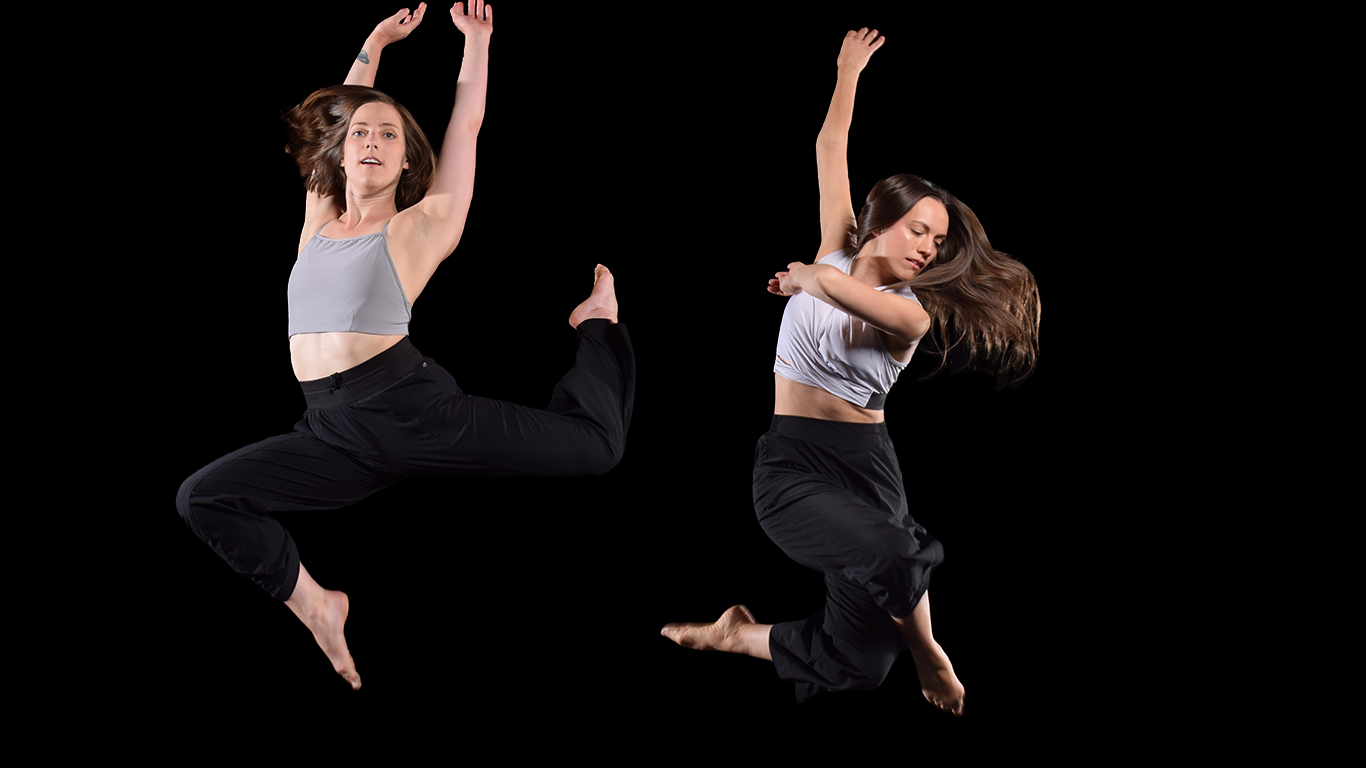VOYAGE: RDT takes you on a trip through World Dance
Using the Utah Core Curriculum Standards for Dance, Social Studies and Language Arts, Repertory Dance Theatre presented a special matinee to over 1,500 students last week at the Rose Wagner Performing Arts Center.
American Modern Dance is a rich tapestry which has been influenced by the music and movement of cultures worldwide. Dance has been part of community life as a form of communication, empowerment, and entertainment for centuries. Rhythms and patterns gathered from Africa, Asia, the Middle East, Europe, and the Americas connect the past with the present to illustrate how dance can document history and culture and tell our collective story. Take your own voyage below with some highlights of the concert. You can see excerpts from Voyage Saturday, March 11 at 11:00 AM at RDT’s Ring Around the Rose.
DANCES FROM ACROSS THE GLOBE
Dance from Africa
The first dances were prayers designed to send messages to the gods … they insured a bountiful harvest and celebrated the important events in the life of the community. A birth, a marriage or a coming-of-age ceremony all involved dance. Dances were thought to give people magical power over the elements … Dances were performed to invite the sun to rise and to bring the rain.
For VOYAGE Rosie Banchero (our RDT Dance Center on Broadway African teacher) taught us a traditional West African dance that we performed with live drummers!


Photo by Sharon Kain
FOLK DANCE around the World and the DABKE

Dabke is a traditional folk dance found all across the Middle East. It combines circle dancing and line dancing and is widely performed at weddings and other joyous occasions. Each country in the Middle East has their own version–some similar and some very different from each other. In some countries, anyone can dance the dabke. In others, it is only allowed for either men or women to dance the dabke. In Jordan, there are 19 different types of the dabke dance.
Folk dances can be found all over the world and were some of the first dances to bring people together in celebration. Folk dances were used to create a sense of community and mark a special occasion. What is your heritage and ethnicity? Do you have any folk dances that connect you to your background? Do you know any of them?
P.S. – RDT will be performing the full evening-length work by Zvi Gotheiner, DABKE, April 6-8, 2017.
ASIAN DANCES: MICHIO ITO
Ethnic dances from Asia have inspired American choreographers. An ancient form of theater in Japan known as Kabuki is a rich blend of music, dance and pantomime. It has spectacular staging and costuming and the movement is performed in a highly stylized manner. Kabuki has been a major theatrical form in Japan for almost 4 centuries and it inspired a Japanese-American dancer named Michio Ito to create modern dances that blend movement from both Eastern and Western Cultures about 100 years ago.

Photo by Sharon Kain
EAST INDIAN DANCE
Dance in India goes back thousands of years. It is one of the oldest forms in the world. Most of the classical dance in India has developed from a type of dance/drama in which performers act out a story from Hindu mythology almost exclusively through gestures. The complexity of the footwork lies in elaborate stamping rhythms and many dancers wear bells around their ankles, supplying their own accompaniment. The torso, face, arms and hands are extremely active. The head movement emphasizing the dancer’s changing facial expressions and the movement of the torso is graceful and fluid. The movement of the hands and arms is subtle and elaborate, every gesture has a function and a meaning. Indian dancers have a vast number of gestures through which they express complex events, ideas and emotions. For example, there are 13 gestures of the head, 36 different glances, and 67 hand gestures, that can, in different combinations, yield several thousand different meanings.
Raksha Karpoor (RDT’s Dance Center on Broadway BOLLYWOOD teacher) choreographed this awesome piece for us!

Photo by Sharon Kain
STEPPIN’
Steppin’ is an African American art form, a form of percussive dance in which the entire body is used as an instrument to produce complex rhythms and sounds through a mixture of footsteps, spoken word and hand claps. It is jazz, funk, rhythm and blues and rap without instruments.

Photo by Sharon Kain
We’ll be performing excerpts of this show on Saturday, March 11 at RDT’s Ring Around the Rose. Learn more here.





